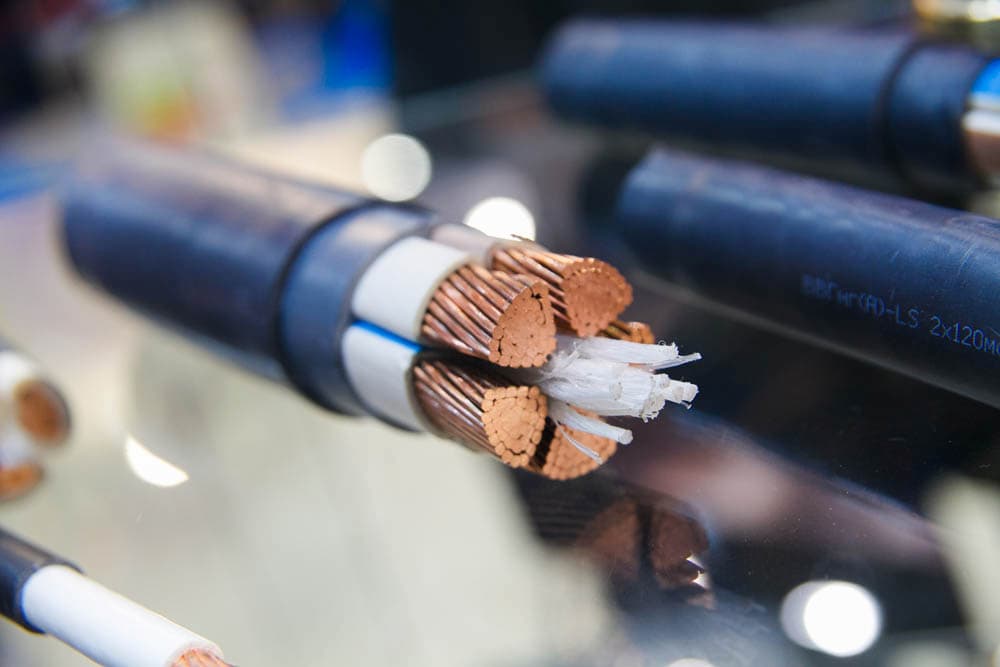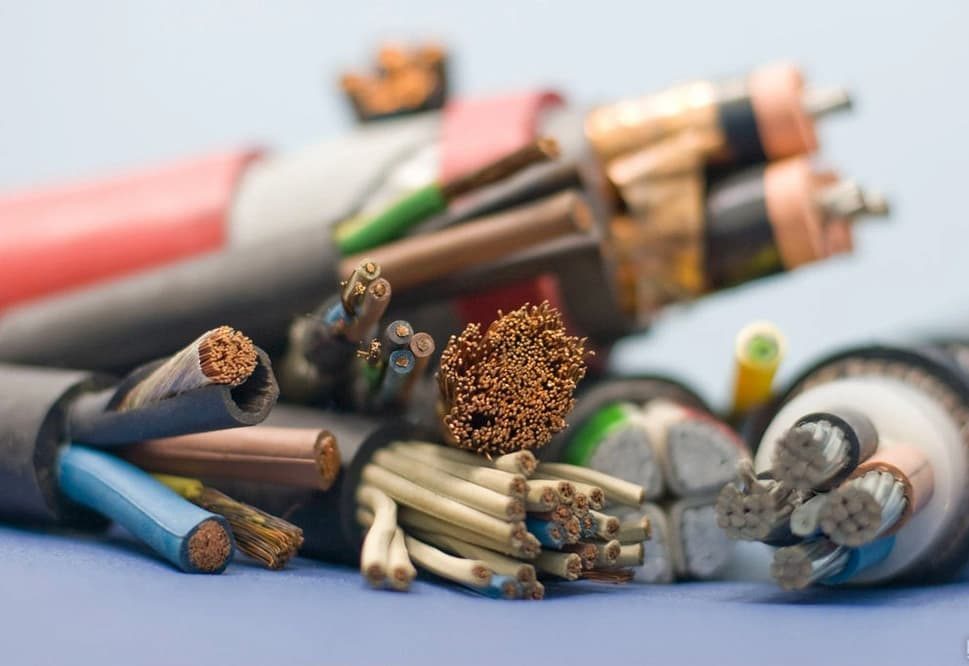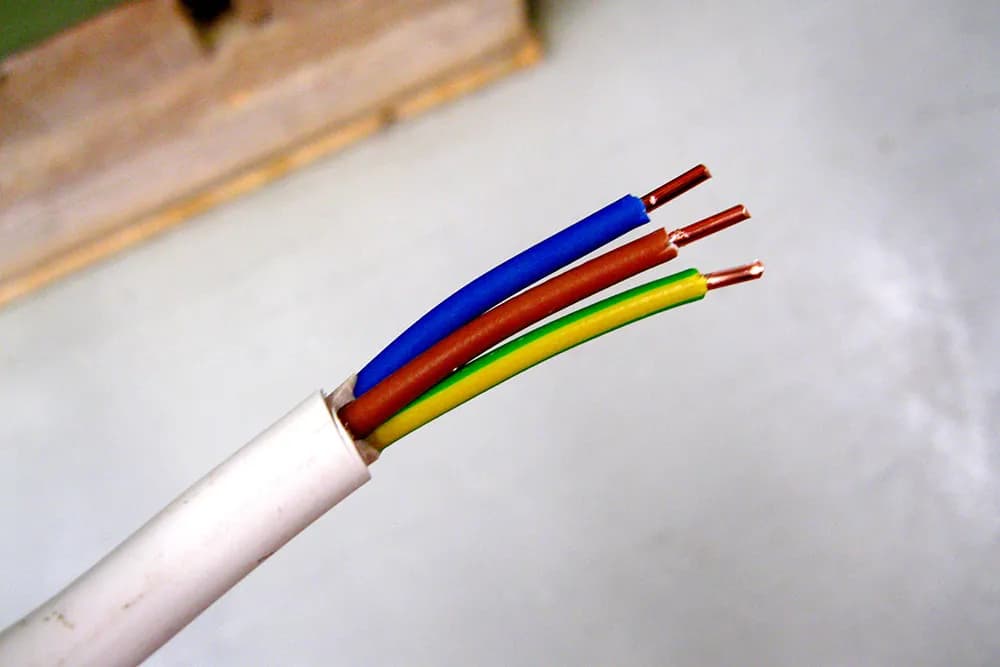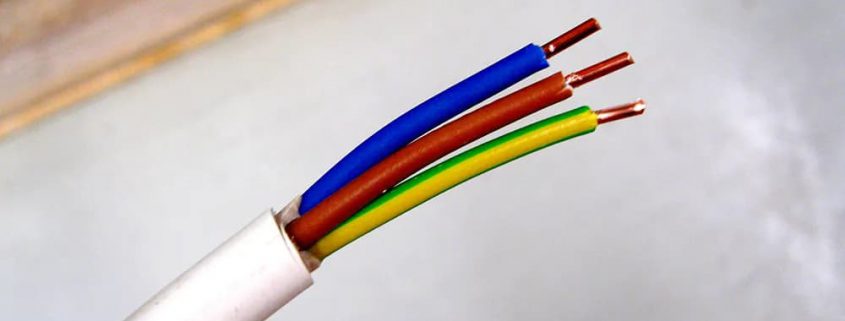33kv xlpe cable specification
In this article, we will generally pay the wire and cable and then the information about the specifications of ۳۳kv industrial cable with XLPE insulator.
One of the basic elements of overhead electric wires is the aerial packaging of individual wires. When installing a overhead wire, it is as vital as choosing the right type of overhead cable because choosing an economically feasible size conductor and an economically viable transmission voltage. The following features are required for an effective conductor:
High degree of conductivity
Excellent tensile strength for pressure resistance from mechanical sources
Reasonable price and without sacrificing many other favorable features of the product
total mass less than its volume
Materials used in aerial cables and their targets
Initially, copper was the materials needed to build air cables. However, aluminum has gained its position due to its low cost and low weight compared to copper conductors the same resistance. Below is a list of different kinds of materials that are considered as good conductor.

copper wire in ceiling
Copper has better electrical conductivity and tensile strength than other materials, making it ideal for use in aerial wires. Because of this, hard wire copper is a great option for use in overhead wires. Copper has high current density, which means higher carrying capacity per unit of cross section. This property is called copper conductivity.
As a result, the copper conductor has a cross section which is not particularly large. Also, copper has a long life. However, because of its high price and limited availability, copper is only sometimes used for wiring electrical wires.
aluminum wire
Aluminum has a conductor approximately 60% lower than copper. This suggests that to maintain the same strength factor, the diameter of the aluminum conductor must be approximately 1.26 times the diameter of the copper conductor. On the one hand, the weight of aluminum conductors is approximately half of the equivalent copper conductor.
Aluminum also has less tensile strength than copper, which is another reason why aluminum is less used. Copper is higher in many ways, including cost, electrical conductivity, tensile strength, weight, and many others higher than aluminum. Aluminum also has less environmental effects than copper. As a result, aluminum is widely used in the production of air conductors.

Cadmium Copper Air Cable
Copper-cadmium alloys are found everywhere in 98-99% copper and 1.5% low weight. The tensile strength of copper increased by about 50%, while one percent of cadmium was added to the compound, while metal conductivity decreased by about 15%. For this reason, Cd media are suitable for use in the length of large craters. However, because Cadmium is very expensive, this type of conductor should not be cost effective in many situations.
Other types of materials used in the production of overhead cables
There are also a wide variety of metals and other alloys that are capable of guiding electricity. Silver is readily available from copper, but due to its high price it is rarely used in everyday applications. Conductors can also be made of galvanized steel in some applications.
Steel conductors are not suitable for efficient electricity transmission due to their low electrical conductivity and very high tensile strength. Steel, despite its very high tensile strength, is generally a very strong material. Phosphor bronze and other high strength alloys are also often used under very harsh conditions.

Different types of cable for roof
As previously discussed, aluminum conductors provide advantages over copper conductors, including advantages in terms of cost, electrical conductivity, tensile strength, weight and other characteristics.
Due to their low cost and considerable weight, aluminum conductors have fully assumed the role of copper conductors in electrical cables.
Below is a list of the four most popular overhead wires used for overhead transmission and distribution for electrical transmission from power plants to end-users.
Generally, twisted cables or conductors are used for a variety of overhead cables or conductors, as this increases their flexibility. The work with solid wire is difficult, except for very small cross sections because of its flexibility.

AAC: Aluminum Conductor
AAAC: Aluminum Alloy Conductor
ACSR: aluminum conductor, steel reinforced
Aluminum conductor, Reinforced alloy, Summarized as ACAR
AAC overhead cables are suitable for use in low voltages ranging from 1 to 32 kV, while the current poles are close together. In the medium and high voltages, ACSR and AAAC electrical cables are used, respectively, which makes the gap between the current rods significant.
In order to allow ACSR cables to withstand greater tensile forces, the annealed aluminum in their construction is predetermined and wrapped in high carbon galvanized steel wire.
The structure of aluminum aerial cables is usually insulated with black polyethylene (XLPE). The thickness of 3 mm CC cables is 20 kV CCT cables and 8 mm cable thickness is 33 kV.
We offer a wide range of wires and cables with our products pricing policy reasonably below the global market price. You can easily contact us and make sure that you price is significantly lower than the market. So fill out the inquiry form, let us know what you want and we will contact you temporarily.




Leave a Reply
Want to join the discussion?Feel free to contribute!